Discovering Garo Minassian: A photographer's exploration into fragility
October 16, 2021
What happens when two childhood friends turned photographers meet to discuss their art?
“Ten photographs, ten questions, very epigrammatic!” is the real deal as h-pem contributor Harout Dedeyan puts it.
“Sure, we’ve frequently discussed photography, something he’s very passionate about, but I was unaware of his ultimate goal,” reflects Dedeyan before he starts his interview with Paris-based photographer Garo Minassian.
When we learned that an h-pem fan was mesmerized by Minassian’s works, we asked Dedeyan, whose photographic series of “Art on Architecture” is showcased on our platform, whether he would like to interview him.
Dedeyan graciously volunteered! His sharp eye for visual detail and effective writing style provide a unique perspective into Minassian’s work.
Check out the frank and energetic interview below...
We’ve been close friends since kindergarten and have stayed so, despite our respective moves after high school to countries thousands of miles apart.
He’s been a professional in his chosen field for so long that in my mind I’ve always identified him as a pharmaceutical executive, besides being a friend of course. This is why the invitation some time ago to view his professional photographic work came as somewhat of a surprise. Sure, we’ve frequently discussed photography, something he’s very passionate about, but I was unaware of his ultimate goal.
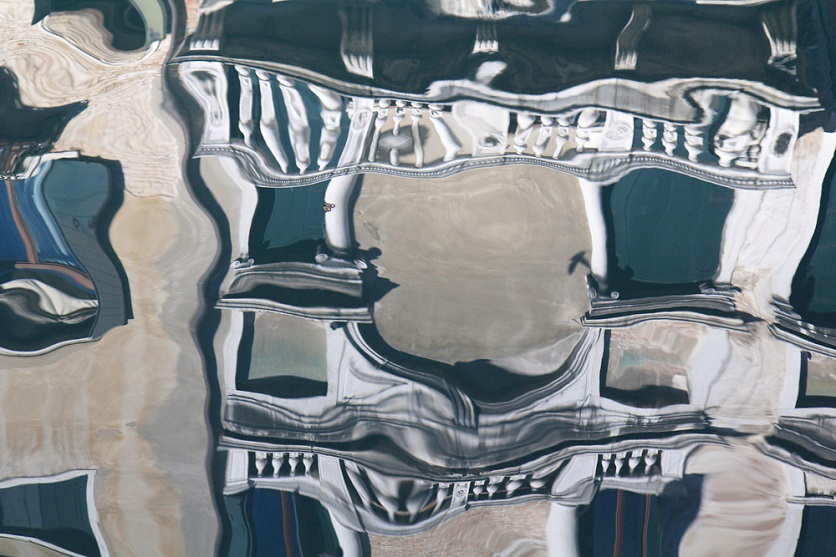 Aquanissime - Art & Fact (Photo courtesy of Garo Minassian)
Aquanissime - Art & Fact (Photo courtesy of Garo Minassian)Garo’s work is sensitive, inspiring, meticulous and imbued with delicacy. Using light, geometry, tones and colors, he captures fleeting moments with the utmost care and precision, weaving visual stories that invite the viewer to pause and contemplate the simplicity and beauty that surrounds us all, to enjoy the ordinary as extraordinary visuals.
.jpg) Aquanissime - Interface (Photo courtesy of Garo Minassian)
Aquanissime - Interface (Photo courtesy of Garo Minassian)Truth be told, I was a little mad at myself after seeing his work. It felt like I had only known his familiar near side, missing out on the far side that his art had just revealed to me. Why on earth had I never asked to see it before? He’s been taking pictures for more than thirty years, surely it would have added another dimension to our friendship…
I feel the urge to share his work. I ask if I could interview him and publish it online. He agrees. I ask for sixteen high resolution representative image files.
“I’ll send you a maximum of ten medium resolution files,” he replies. Garo is very protective of his work. He invites viewers to discover more of his work on his website instead.
“I’ll ask you a maximum of ten questions,” I shoot back smiling. “Ten photographs, ten questions, very epigrammatic!”
He’s at home in Paris. We speak via Zoom, in true pandemic style.
To see more of Minassian's photographs, visit his website and Instagram account and let us know what you think.
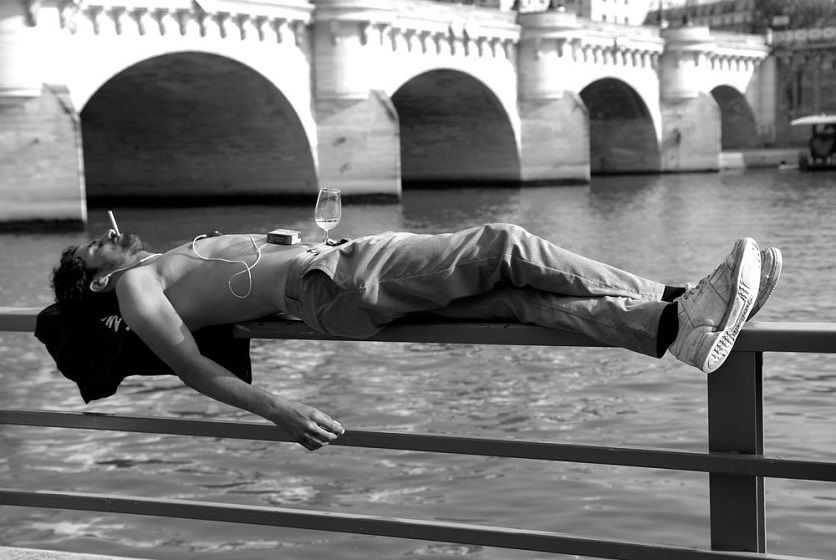 Mise en seine - Nirvana (Photo courtesy of Garo Minassian)
Mise en seine - Nirvana (Photo courtesy of Garo Minassian)
Harout Dedeyan: How did your journey with photography start? What drew you into this world?
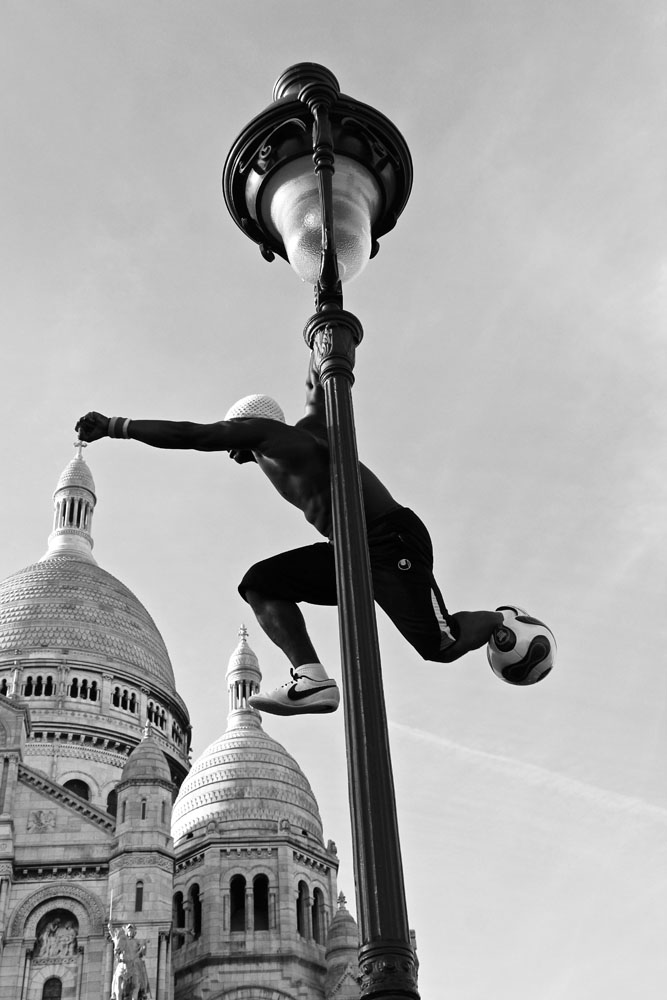 Street Life - Air'born (Photo courtesy of Garo Minassian)
Street Life - Air'born (Photo courtesy of Garo Minassian)Garo Minassian: My discovery of photography started at the age of eleven when one of my uncles offered me a small camera as a gift and I started taking pictures. Actually, there must be a photo album somewhere that contains my first attempts at portraits of family members from that very day. I was amazed at what this little box could do. I went on taking pictures periodically but as you can imagine, during my early teens it was more of an exciting toy to have in hand than anything else. Eventually I put the camera aside and forgot about it for a while, but that first ‘wow’ of sticking your eye to the viewfinder and seeing the images it produced afterwards remained with me and is what put me on the rails of my future photographic activity.
H.D.: How did the transition from pharmaceutical executive to professional photographer take place bearing in mind that it occurred later in your career?
G.M.: I’ve devoted my professional life to people and their wellbeing. As a teenager I experienced firsthand the horrors of the Lebanese civil war, I saw people losing life and limb. It was then, as a seventeen year old boy that I decided to choose a profession that would allow me to contribute to the wellbeing of people, hence my choice of healthcare and pharmaceuticals.
After thirty-two years in that profession, I had a moment of introspection, and decided to broaden my horizon, continue contributing in another way, with the goal of creating joy and happiness on an artistic front. This is what I’m willing to achieve with my photography, sharing my view, my interpretation of the beauty around us, the beauty of life that sometimes is not necessarily visible to everyone. Mind you not because they are blind, but because sometimes even with open eyes we don’t necessarily see the positives and the beauty around us. It depends on how you look at things. I’ve frequently been told “You see things that others could see as well, but they don’t.”
Sharing my photographic work became a professional pursuit three years ago. A few months ago, I met the director of a photography museum. At the end of our conversation, he summarized what he felt he saw in my work by a very simple sentence: “Garo, vos photos font du bien” which translates to ‘your photographs make one feel good’ and that was an excellent compliment for me because it matches my aim perfectly—make people feel good through my eye and its interpretation, through what I see.
Sometimes even with open eyes we don’t necessarily see the positives and the beauty around us.
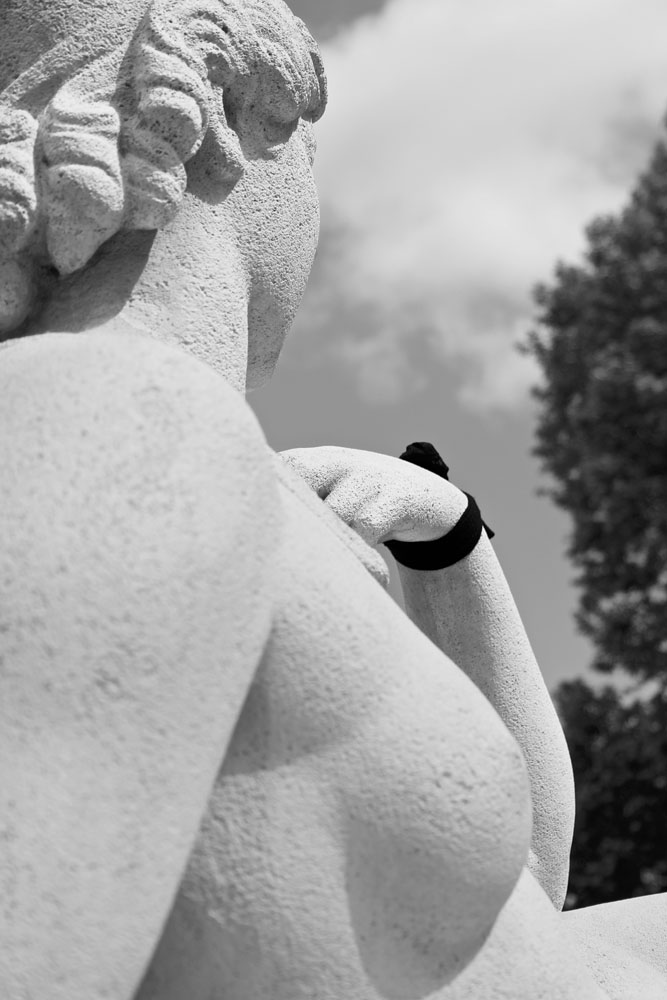 Indiscretions - Grace (Photo courtesy of Garo Minassian)
Indiscretions - Grace (Photo courtesy of Garo Minassian)
H.D.: Do you have a specific style that you aim for? If so, how would you describe it?
G.M.: I would define my style by three words: simplicity, authenticity and delicacy. I want to show what my eyes saw. My photos are what my eyes saw originally. I’ll go out and my eyes will always be searching, investigating like a periscope and once I’ve found what I’m looking for, click!
More than style, what matters to me is the message embedded in my photos, raising attention and valuing fragility. The fragility of humanity, the fragility of nature and of our environment, and the interaction between both, the fragility of our thoughts, beliefs, acts, health, time, the present and the future. Fragility to be taken in the sense of a perception, sensitivity, precious, not that of a weakness.
H.D.: What is your creative process like? How do you get in the flow and what are some of the things essential to your photography?
G.M.: There are two approaches: either I select or decide on a topic, a theme, something precise and then I go out and execute it over the time necessary—which can be weeks or sometime months, or it’s random, au hasard. I pick my camera up, leave home for the day, and record what my eye will see or discover. In this case I have nothing planned other than my way of looking at things, my areas of sensitivity driven by fragility.
I rarely establish contact or interact with my subjects. I have a series called ‘Indiscretions’ which suggest that I’m being indiscrete, however if you look at the pictures in that collection carefully, you will notice with a bit of nuance, that they are actually discrete photographs.
What matters to me is the message embedded in my photos, raising attention and valuing fragility... Fragility to be taken in the sense of a perception, sensitivity, precious, not that of a weakness.
H.D.: What are some of your influences? Have there been other photographers or artists that have had an impact on your vision?
G.M.: My answer might surprise you a bit because my influences come mostly from my knowledge in literature and history.
Besides, I come from a family of artists and artisans, jewelers, architects, watchmakers, graphic and interior designers. Until a few years back, I was maybe the only member who didn’t operate within the arts as a professional activity. My passion for photography nourished, grew, and developed over time, within that artistic culture, in an artistic daily reality. That has influenced and had an impact on who I am today. My father was an incredible gentleman with his eye in watches and watchmaking, very detail oriented, very precise and acute, and that has influenced my capability to see, to watch, analyze and interpret whatever I see.
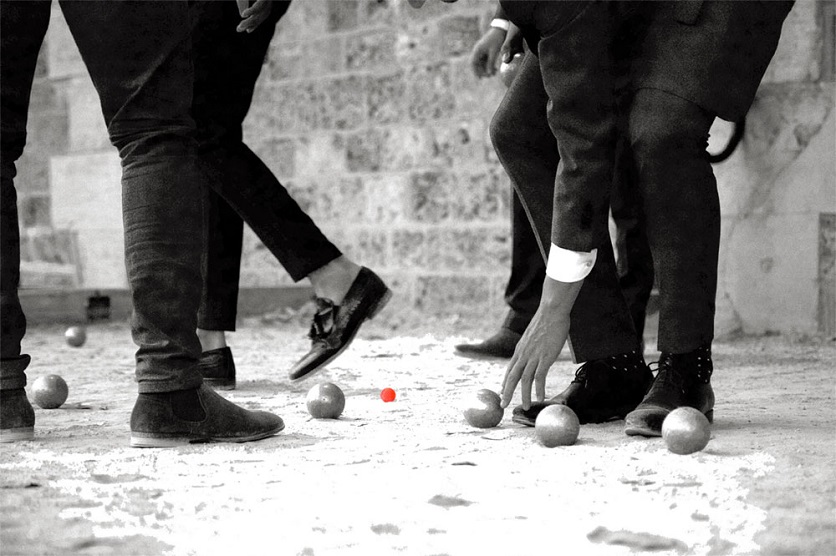 Indiscretions - Cigales (Photo courtesy of Garo Minassian)
Indiscretions - Cigales (Photo courtesy of Garo Minassian)
H.D.: There seems to be a strong graphic expression in your images. Can you speak a little bit to that?
G.M.: There’s definitely a graphic intention which gives it a structured approach to my eyes and what I see, while my mindset and feelings are fully driven by the fragility motto.
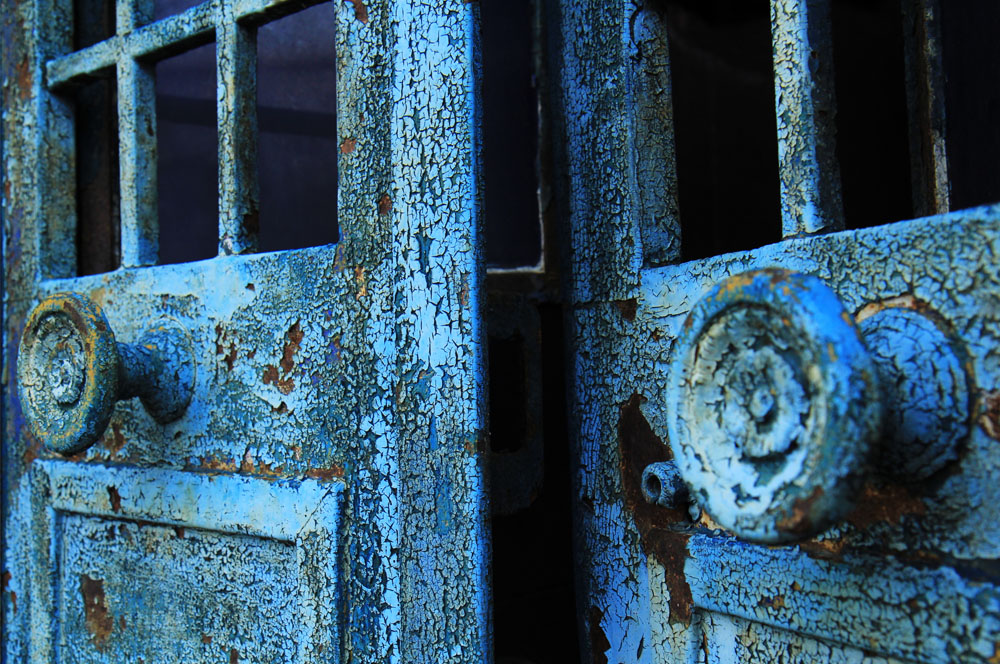 Indiscretions - Blue Paradise (Photo courtesy of Garo Minassian)
Indiscretions - Blue Paradise (Photo courtesy of Garo Minassian)
H.D.: You navigate the worlds of color and black and white with equal ease. What determines your choice?
G.M.: When I’m looking through the viewfinder, I already know in my mind whether it will most likely be a black and white or in color photograph. Sometimes the impact of a photo in color is nice but not strong enough. I then decide to shift to black and white. It can also happen that I end up mixing color and black and white in a given picture, as I believe it gives the strongest impact.
My father was an incredible gentleman with his eye in watches and watchmaking, very detail oriented, very precise and acute, and that has influenced my capability to see, to watch, analyze and interpret whatever I see.
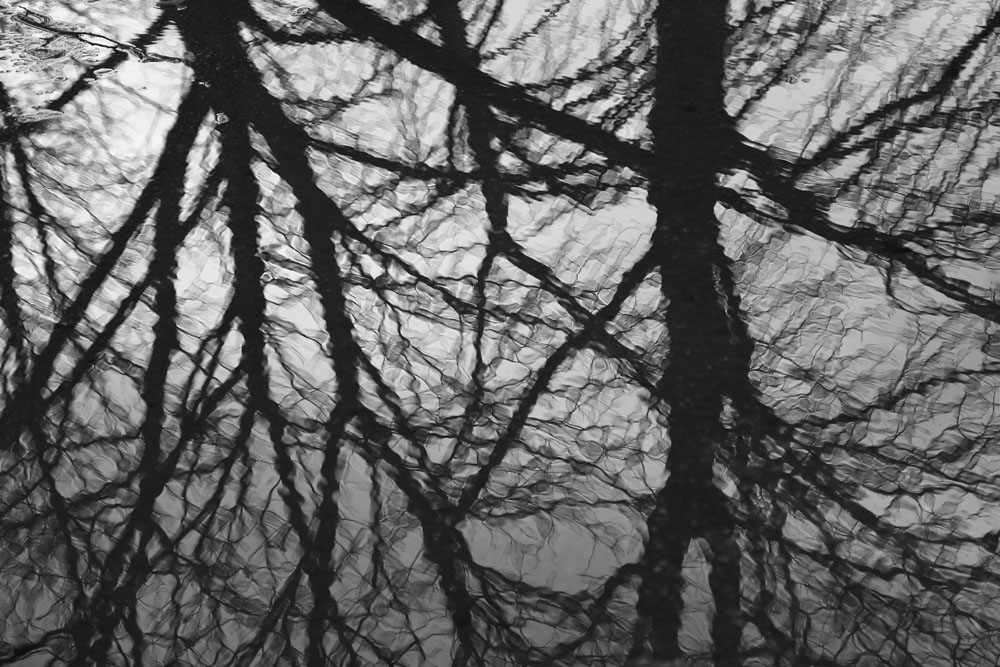 Aparté - Filigrane (Photo courtesy of Garo Minassian)
Aparté - Filigrane (Photo courtesy of Garo Minassian)
H.D.: What’s your equipment of choice?
G.M.: I've been using an old thirty-five mm film camera for about thirty years or even a bit more, and started using a digital camera ten years ago. I decided to go digital after a trip to Bali. There I was shooting analog and I experienced too many lost opportunities or occasions to capture, mostly because analog is too slow and the situation doesn't wait for you. I got pretty frustrated because of those missed moments which are still in my memory. Digital gives me that flexibility, that speed. I have to say though that technologically, digital has evolved immensely since I switched.
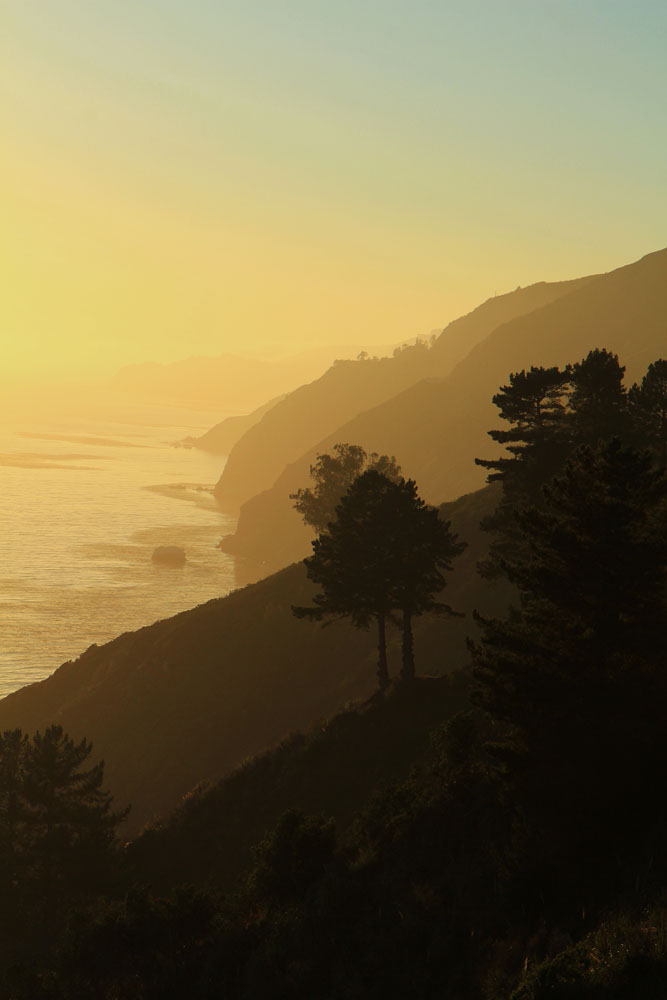 Aparte - Soufre (Photo courtesy of Garo Minassian)
Aparte - Soufre (Photo courtesy of Garo Minassian)
H.D.: What is the most rewarding part of being a photographer for you? What’s your best memory?
G.M.: “Listen to the fragility of the world with my eyes, and interpret it with my heart.” What stands here as a claim, summarizes best what my photographic art is about and the rewarding part. It relates to two senses: hearing and sight, the heart being the linking component expressed also through my writing. In my case, the fact of combining two arts, photography and writing, two things I can’t disjoin, has a big importance in differentiating. I translate with my heart the inspiration of my eyes, but I don't impose it. Each person looking at the photograph can have their own emotions, their own different feelings and be happy with the personal interaction created.
As for the best memory, it’s the collective memories of all the moments when I’ve picked up my camera. At that moment the world belongs to me, it is wide open, the opportunities are there. The point is for me to find them and fix them in my eyes, free to grab the world—to link with all of it, free to create what will be shared, free to use my own language that has no borders, that everybody can understand.
“Listen to the fragility of the world with my eyes, and interpret it with my heart.” What stands here as a claim, summarizes best what my photographic art is about, and the rewarding part.
H.D.: Finally, do you have a personal favorite amongst your photographs?
G.M.: That is a very difficult question! You’re asking a father to choose a favorite amongst his kids. An artist creates. In the creative process each work has its history, emotions, feelings, the experience that you had. Each picture is a slice of your life. Sometimes it’s a minute, sometimes longer. So choosing between these moments is very hard because the result of your vision and the related emotions for each one is unique. I couldn’t possibly choose!
For more writings by Harout Dedeyan visit Barz Pleasures, a short story blog in Armenian, English, and French that he started with friends "about the simple pleasures in life, most likely in response to the not-so-simple times that we live in," as he revealed to h-pem.
You can also check out Harout Dedeyan's profile on h-pem here.
Join our community and receive regular updates!
Join now!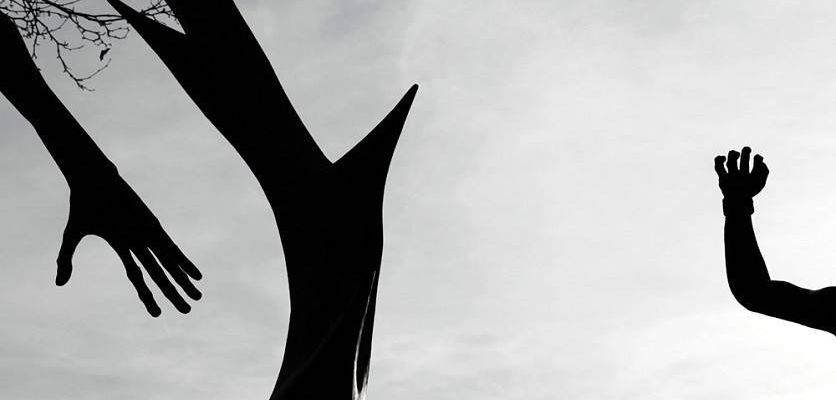




Attention!